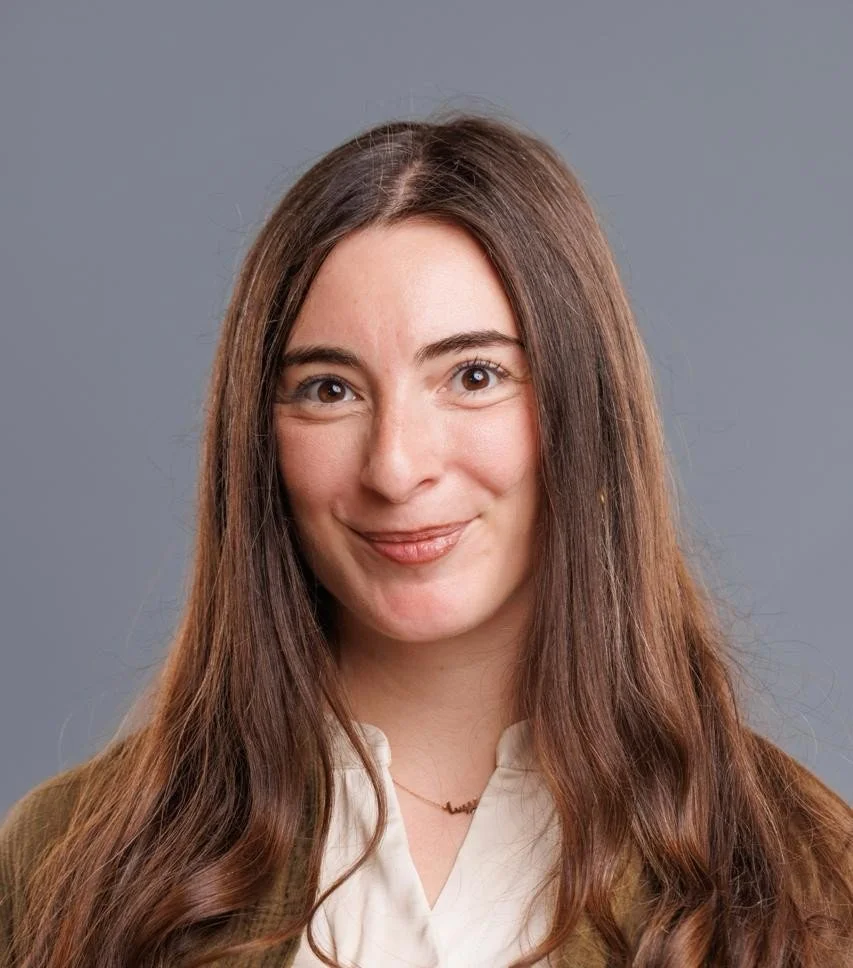Denisa Fainis
Senior Account Manager, Huawei Digital Power Middle East & Central Asia and Secretary General at MESIA (Middle East Solar Industry Association), UAE
Denisa is an experienced renewable energy professional with over 16 years of diverse international experience. She currently serves as Key Account Manager at Huawei Digital Power Middle East & Central Asia, based in Dubai, where she manages key accounts and supports the deployment of large-scale clean energy projects across the region.
Denisa’s career began in the UAE, followed by roles in Afghanistan, the US, Pakistan, Romania, and Spain. Her background spans property consultancy, business development, procurement, IT security sales, and renewable energy financing. She has contributed significantly to business growth, including securing multimillion-dollar contracts in challenging markets.
She also holds the position of Secretary General of the Middle East Solar Industry Association (MESIA), where she plays a vital role in expanding solar industry collaboration and promoting sustainable energy adoption across the Middle East.
Fluent in Romanian, English, and Spanish, Denisa combines her multicultural experience with strong ethical values such as transparency, integrity, and loyalty. She is committed to advancing clean energy solutions and fostering innovation in the renewable energy sector.
1. How are developing countries accessing financing for renewable energy infrastructure, and what barriers remain?
Developing countries are increasingly accessing renewable energy financing through blended finance, concessional loans, and support from multilateral banks like the World Bank, African Development Bank, and Asian Infrastructure Investment Bank (AIIB). The AIIB plays a key role in funding clean energy projects across Asia, supporting solar, wind, and grid upgrades.
A major initiative in Africa, Mission300, aims to connect 300 million people to electricity by 2030, mobilizing over $50 billion for grid and off-grid renewable projects. This program fosters collaboration among governments, utilities, developers, and financiers to overcome investment barriers and build critical infrastructure. Masdar’s CEO, Mohamed Jameel Al Ramahi, exemplifies this leadership, having signed agreements with Tanzania’s TANESCO to develop gigawatts of renewables under this initiative.
The Africa Energy Forum serves as an important platform for deal-making and knowledge exchange, bringing together key stakeholders to address challenges like regulatory uncertainty.
Utilities across Africa, South America, South Asia, and Southeast Asia are vital to integrating renewables but face financial and operational challenges. For example, South American utilities in Brazil and Chile attract international investment, Southeast Asian countries leverage regional cooperation and AIIB support, while South Asia’s large markets secure financing but grapple with grid and regulatory issues.
A recent milestone is AMEA Power’s successful commissioning of a battery energy storage system in Egypt, reflecting growing confidence in utility-scale clean tech investments.
Despite progress, barriers remain—including political risk, currency volatility, and limited local capital markets. Continued international support, clear policies, and scalable financing tailored to local contexts are essential for accelerating renewable infrastructure globally.
2. What role is AI and data analytics playing in optimizing clean energy generation and distribution at scale?
AI and data analytics are transforming clean energy by enabling predictive maintenance, real-time optimization, and accurate forecasting, which together increase efficiency and grid stability. These technologies help operators manage the variability of solar and wind generation while reducing operational costs.
Leading technology companies are embedding AI into energy management platforms to optimize the performance of solar PV and battery storage systems through advanced algorithms, dynamic load balancing, and digital asset modeling. This approach supports the scalable and cost-effective integration of renewables into power grids worldwide.
3. How is the Middle East integrating renewable energy into existing grids traditionally built around oil and gas?
The Middle East is modernizing its oil-and-gas–centric grids by investing in digital infrastructure, energy storage, and regional interconnections to accommodate renewables. Countries like Saudi Arabia and the UAE are deploying large-scale battery storage systems and smart grid technologies to manage the variability of solar and wind power, ensuring grid stability.
For example, Saudi Arabia’s Red Sea Project, supported by Huawei, features the world’s largest solar PV microgrid with 400 MW solar capacity and 1.3 GWh battery storage, powering a fully clean-energy tourist destination. The Sakaka Solar PV IPP was Saudi Arabia’s first national renewable energy project under the National Renewable Energy Program (NREP), with 300 MW capacity, supplying power to 45,000 households. Under NREP, several more solar projects totaling 12 GW are advancing through power purchase agreements, signaling strong momentum toward the Kingdom’s goal of 50% renewable electricity by 2030.
In the UAE, Masdar is developing a 1 GW uninterrupted renewable energy facility, supporting the country’s Energy Strategy 2050, which aims to triple renewable energy’s share by 2050. The UAE plans to invest AED 150-200 billion by 2030 to expand clean energy and boost efficiency.
Policy reforms encouraging independent power producers (IPPs), grid digitization, and regional cooperation — such as the GCC Interconnection Authority’s regional grid enabling power exchange — are critical enablers of the energy transition. Strategic investments aligned with clear national targets and international partnerships underpin the region’s ability to integrate renewables while maintaining reliable power supply.
4. What are the key drivers behind the surge in renewable energy investments in the GCC, particularly in solar and hydrogen?
The surge in renewable energy investments in the GCC is driven by economic diversification, abundant solar resources, and strategic ambitions in green hydrogen. Beyond landmark projects like Sakaka and Masdar’s 1 GW facility, Saudi Arabia’s NEOM green hydrogen plant aims to be one of the world’s largest, positioning the Kingdom as a hydrogen export leader. The UAE is building a major Abu Dhabi hydrogen hub, integrating solar and nuclear power to produce green hydrogen for domestic use and export. Oman’s Duqm project combines large-scale solar with hydrogen production, leveraging its strategic port for export potential. Dubai’s Clean Energy Strategy 2050 targets 75% clean energy by mid-century, anchored by the massive Mohammed bin Rashid Al Maktoum Solar Park, planned to reach 5 GW capacity. Supported by robust policies and technological advances, these initiatives underscore the GCC’s leadership in scaling solar and hydrogen investments within its energy transition.

